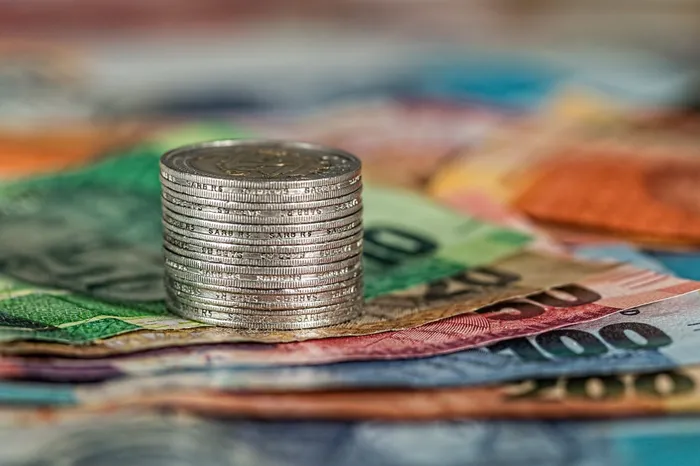Finances in the dark: Use these techniques to avoid money load shedding

From cutting up your credit card to going into debt review... at every step of your financial journey, you are given warning signs of possible ‘load shedding’ and financial ruin. Picture: Steve Buissinne/Pixabay
Money works in the same way electricity does. It sustains our lives, is taken for granted and is missed only when it is gone.
However, the real difference between electricity and money is that when the lights turn back on, we can resume our daily routines. Reaching stage four financial load shedding, on the other hand, may permanently alter people's life.
"With a little preparation, financial load shedding may be made less inconvenient. If this method were applied to the stages that suggest future financial troubles, a lot of financial stress might be avoided," says John Manyike, the head of financial education at Old Mutual.
Knowing which stage of load shedding you are in and taking the actions necessary to balance your input (money) with the demand is the key to preventing a financial overflow that causes the system to breakdown (debt and payments).
The financial load shedding stages to be aware of:
Stage One
The system is stable. Income generally exceeds expenses, and short-, medium- and long-term savings and investment plans are in place. Spending is under control but, once in a while, there is an overexpenditure.
Action required: This is the most desirable stage but staying secure means always keeping a sharp eye on your budget.
Stage Two
The system is starting to show signs of wear and tear. Perhaps that new car with its expensive price tag as well as the clothing accounts? We may appear to be in good shape, but who knew costs could pile up so quickly?
Action required: Suspending financial load shedding must begin promptly in order to create capacity. Reduce spending. Cut up the credit card and close those accounts. Make a payment plan to pay off your credit card debt in instalments. Think about other cost-effective options for your expenses.
Stage Three
The system is struggling to keep up with the demand. Your creditors are impatient, and you're promising them that you'll pay them “next month”. You make the minimum payments due on your credit and store account cards, so there’s money to spend.
Action required: Speak to your bank. Quick action may mean that a shutdown can be avoided. Negotiate new payment terms, ask for a payment holiday or consider consolidating your debts into a single loan. Do what you can to make things manageable again.
If a consolidated loan won’t solve everything, then considering selling the house as an option. Some banks offer a service to over-indebted customers by helping them sell their property. If a profit is made on the sale, use the extra money to settle other debts. It is important to get advice from a financial institution like the bank if you are considering selling to pay off debts.
Stage Four
Parts of the system have failed as demand exceeds supply. Credit cards have been maxed, there’s no cash, but minimum payments have to be made, and interest has been added. The legal letters of demand are flowing in, the car is about to be repossessed and the bond hasn’t been paid for six months.
Action required: There is no alternative. Saving the system means going into debt review. It’s a legal process that prevents creditors from foreclosing on you but will result in a debt counsellor handling your financial affairs.
Repaying all debts could take several years, and you won’t be able to get credit until all debts are settled. Working with a credible debt counsellor could also help save your home from being repossessed.
Manyike says: “Being financially educated, understanding the system and readiness to take immediate steps when cracks appear in your finances is the best way to avoid financial load shedding.
“What should never be forgotten is that even when the worst happens, that systems can be rebuilt. After all your debts have been paid, your status is changed to that of a ‘rehabilitated insolvent’, and you can apply for credit.”
IOL Business
Related Topics: